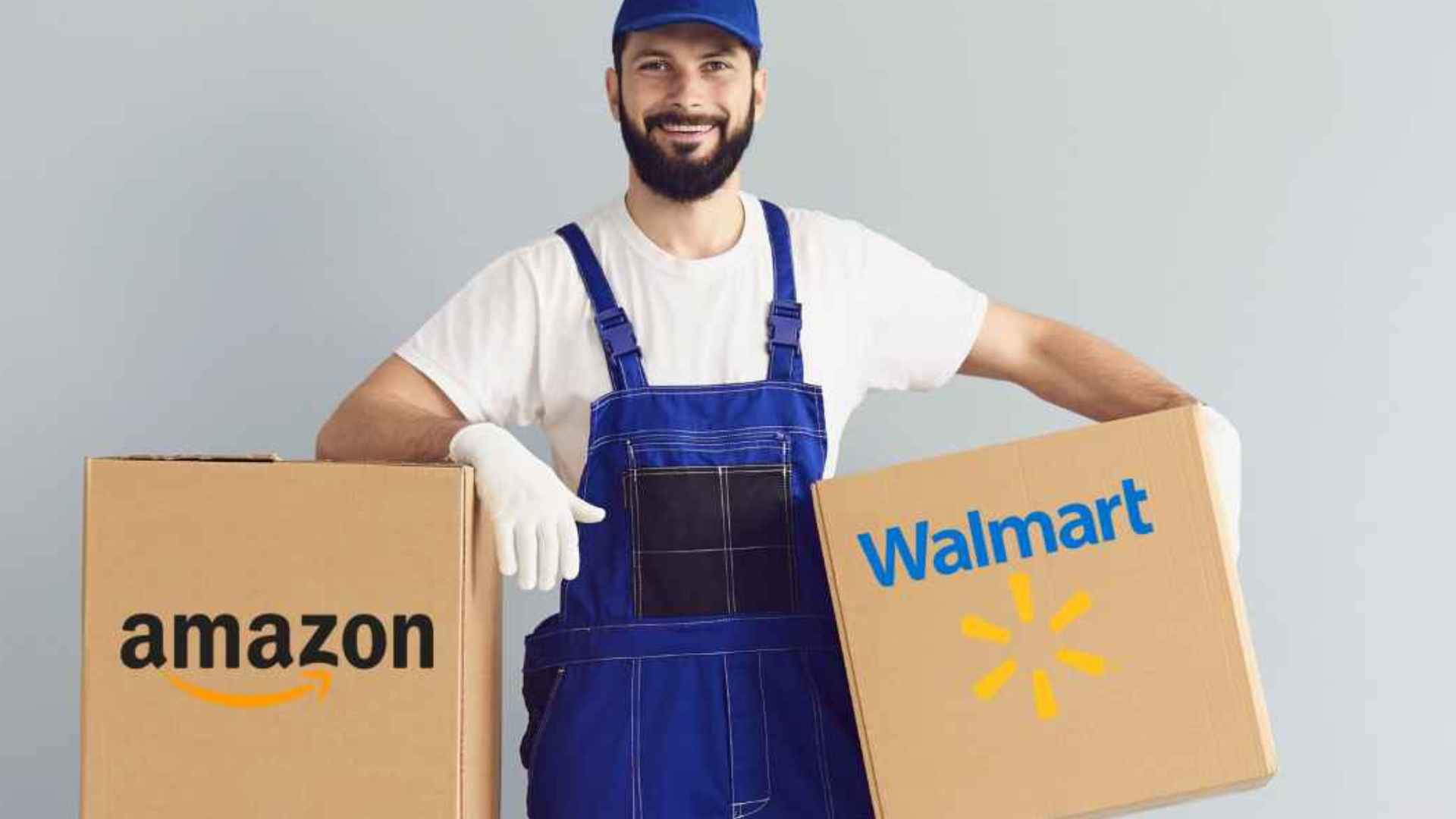Thanks to a recent policy update, Amazon and Walmart shoppers can receive a full refund for certain products without having to ship them back. Although it might seem like an act of goodwill, it is also a strategic move to minimize costs and encourage loyalty among their customer base.
Many buyers first learned about this approach, called “refunds without returns,” when they attempted to return low-value or hard-to-resell items. Instead of a shipping label, they got a message saying they could keep the product while still receiving a refund.
In many cases, this method helps both sides: you don’t have to deal with packaging and mailing, and the retailers lower their operational expenses. It may sound too good to be true, but it is increasingly common among large e-commerce platforms.
Why Amazon and Walmart are adopting ‘refund without returns’ strategies nationwide
Experts point out that processing returns is costly. Retailers spend money on shipping, product inspections, and restocking. If an item is worth less than $20 or difficult to resell, handling its return is often more expensive than simply issuing a refund. That’s why Amazon has reportedly set a threshold—some say up to $75, below which it’s often cheaper to waive the return.
On top of that, these retailers use specialized systems to detect potential abuse. If a customer repeatedly requests these no-return refunds, algorithms may flag the account or require more details to ensure the policy is not exploited.
Key factors that make items eligible for this unconventional refund policy
Several product characteristics influence whether “refund without returns” applies. Here are the most common factors:
- Low resale value
- High return shipping costs
- Item condition (damaged packaging or slight defects)
- Limited demand for the product
If any of these points apply, the retailer might offer this option. However, it’s not guaranteed every time, and only certain purchases meet these criteria. Below is a brief table showing possible scenarios:
| Item value range | Likely outcome |
|---|---|
| Under $20 | Refund without returns |
| $20-$75 | Case-by-case evaluation |
| Over $75 | Traditional return process |
How these changes could impact consumer trust and future purchases overall
Frequent online shoppers might ask: “Will this new policy create more confident buyers?” In fact, many people report feeling more comfortable experimenting with unfamiliar products when they know returns aren’t complicated or expensive. As a result, Amazon and Walmart benefit from repeat business and better customer reviews.
Nevertheless, not all customers automatically receive this perk. Both retailers weigh factors like purchase history, product availability, and overall return costs. If you’re approved, consider yourself part of a cost-effective solution that aims to balance consumer satisfaction and company efficiency.
If you qualify for a no-return refund, the process is straightforward. Still, remember that this policy mainly targets items with low resale value. To make sure you handle returns correctly, review each retailer’s return guidelines and keep an eye on any platform notifications.

